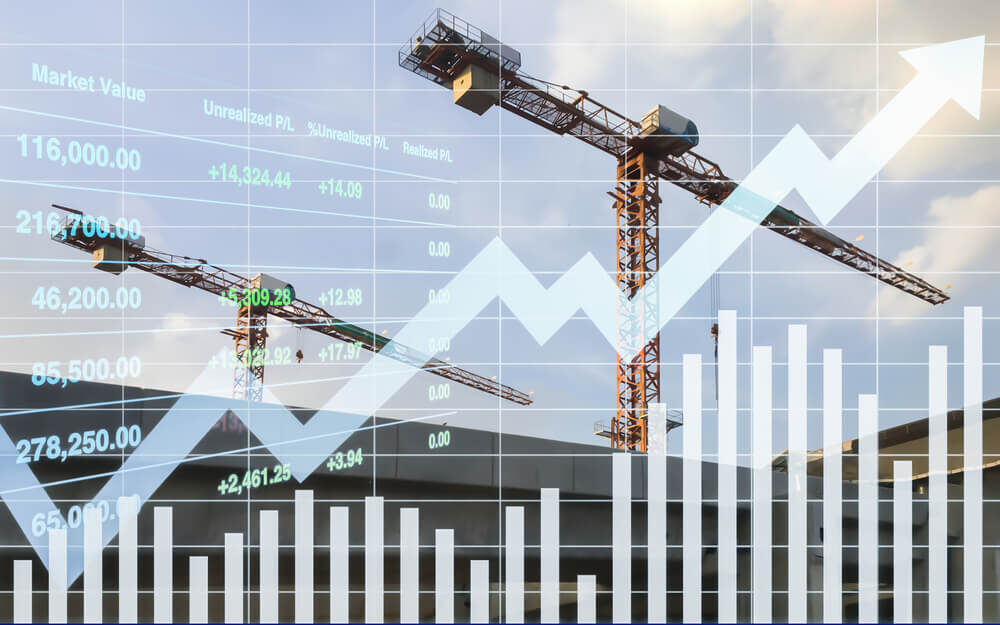“We have a deal.”
That’s what President Biden said on Thursday concerning the long-awaited infrastructure bill.
After months of talk and weeks of hard-fought negotiations, the Biden Administration and a group of Republican and Democrat senators appear to have reached an agreement, at least in principle. It looks like we’re getting an infrastructure spending bill. And it’s going to be a big one.
Biden’s original proposal, which my colleague Charles Sizemore wrote about back in April, was to “build back better.” The president wants to modernize our infrastructure to compete with China. And he wants to focus on green energy while doing it.
But Biden’s original plan was never going to clear the Senate. It had too much spending on “social infrastructure” such as education, healthcare and poverty reduction to get past a Senate filibuster.
What’s in the New Infrastructure Bill
The newer, scaled-down version is a true infrastructure bill. The $1.2 trillion package, which included $579 billion in new spending, focuses on transportation, power generation and, to a lesser extent, communications and broadband internet.
Let’s break it down. From what has been released so far, the biggest pieces of the $579 billion in new spending look like this:
- $109 billion on roads and bridges.
- $73 billion on power infrastructure (electrical grid).
- $66 billion on rails (both passenger and freight).
- $65 billion on broadband internet infrastructure.
- $55 billion on water infrastructure.
- $25 billion on airports.
- $7.5 billion on electric vehicle charging stations.
There’s more in the infrastructure bill, of course. These are just the biggest highlights.
Why We Need It
All of this is sorely needed. As I wrote earlier this month in Green Zone Fortunes, the American Society of Civil Engineers rates 43% of our roads as either “poor” or “mediocre,” and 42% of all bridges are at least 50 years old.
We’re the world’s premier economy, but a lot of our success is due to the work of prior generations. Where would we be today without the Interstate Highway System or Hoover Dam? If we’re going to maintain our top position, we need to modernize our infrastructure for future generations.
President Biden still wants the social spending that got cut, and he’s vowed to make it happen via another bill. But that bill, if it passes, is going to be a lot less interesting to Wall Street.
Spending on physical infrastructure, however, is easy to measure:
- You need concrete, steel, copper and a host of other commodities.
- You need heavy-duty machinery to do the job.
- And, of course, you need workers to actually make all of this go.
All of these things are expenses to the government. But they are also revenue to the companies doing the work or selling materials and supplies.
How to Invest in the Next Infrastructure Wave
Both Charles and I have been bullish on infrastructure since the election. In November, we made an infrastructure stock recommendation for our Green Zone Fortunes premium service in one of America’s largest makers of the steel rebar used in major construction projects.
We followed that up this month with a recommendation of the largest players in electrical infrastructure. It’s still early, but our model portfolio is already showing a small profit. And there’s still plenty of time to get into this investment!
These are just two of the four stocks in our Green Zone Fortunes portfolio that target the infrastructure mega trend. We are confident infrastructure is as close to a “sure thing” as you’re going to find in this market.
Click here for the details on how you can join our readers and ride the infrastructure wave higher!
To good profits,

Adam O’Dell, CMT
Chief Investment Strategist, Money & Markets




